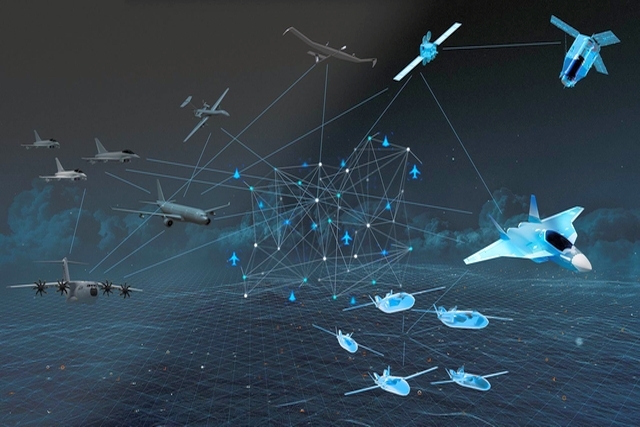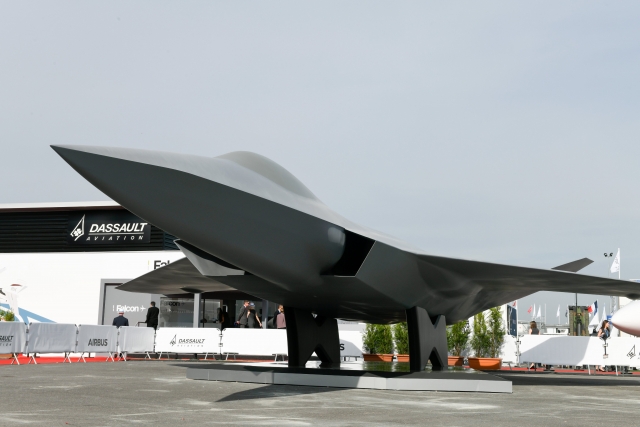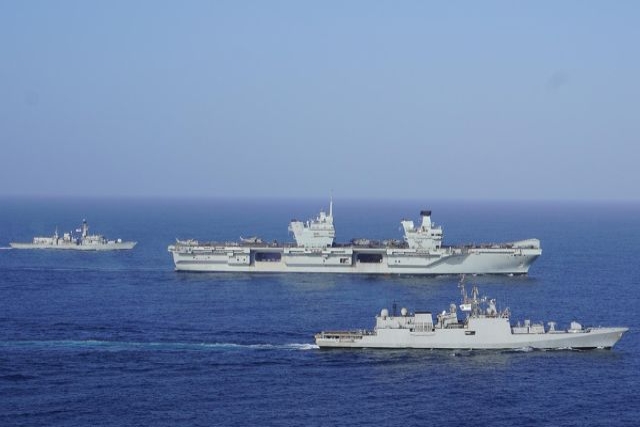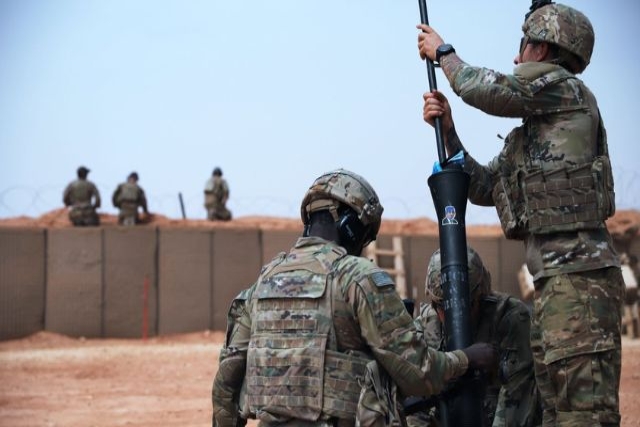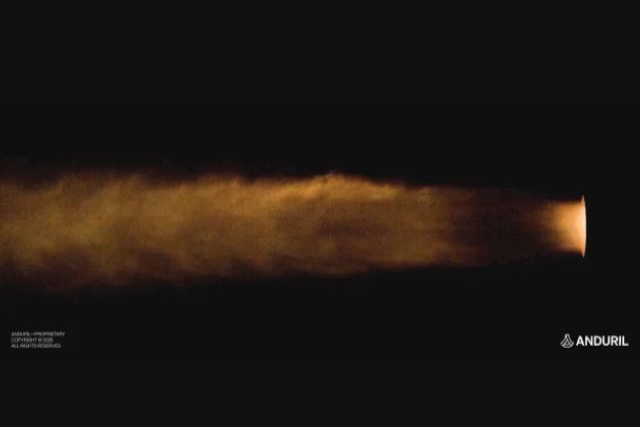Performance Benchmarks for European Next-Gen Fighter Approved
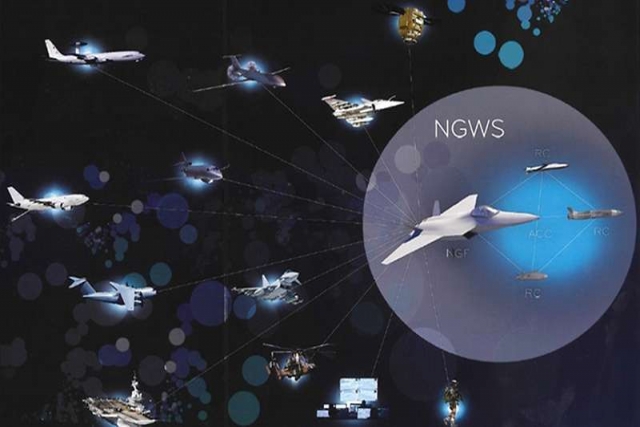
German Bundeswehr said Tuesday that the air forces of Germany, France and Spain have agreed on a set of performance benchmarks to guide the development of Europe’s next-generation fighter jet.
Officials will now freeze desired features from a collection of currently 10 possible system architectures of the Next-Generation Weapon System (NGWS). The move will enable partner countries to “synchronize” their respective development programs.
Europe’s Future Combat Air System (FCAS) program consists of a manned Next-Generation Fighter (NGF) aircraft, the NGWS and drones (remote carriers) of specialized capabilities, like reconnaissance and strike. It is envisioned as a futuristic air power weapon that will replace the Rafale and Eurofighter fleets in France and Germany beginning in 2040.
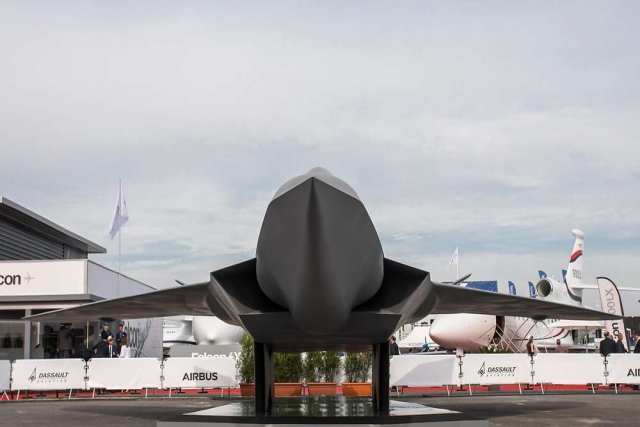
A so-called combat cloud, powered by artificial intelligence, will pump command-and-control data between all program platforms, essentially creating a flying network of sensors and weapons with the NGF as its hub.
“The 10 different system architectures for NGWS currently in the mix lean in different directions when it comes to armaments, maneuverability and range of the main jet and its companion drones, for example,” Bundeswehr said in a statement.
Top Air Force officials from participating countries have also agreed on a “Common Understanding Connectivity (CUC),” a guide for connecting national systems into the future FCAS scenario.
